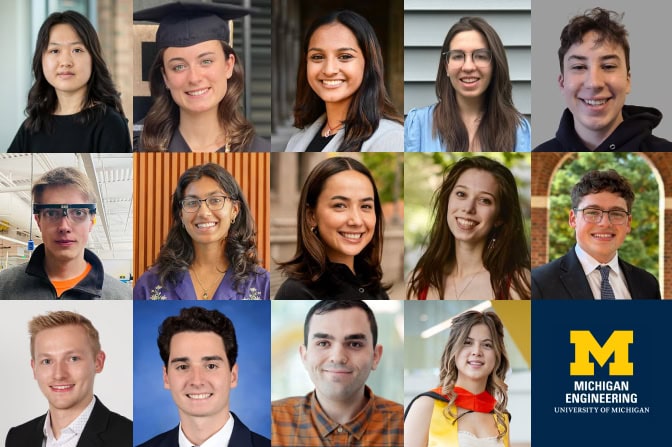
Michigan Engineering students receive NSF Graduate Fellowships for 2025-2026
In a competitive year, fourteen graduate students were honored for outstanding progress within their fields.

In a competitive year, fourteen graduate students were honored for outstanding progress within their fields.
The National Science Foundation (NSF) Graduate Research Fellowship Program supports students pursuing full-time research-based master’s and doctoral degrees in science, technology, engineering and mathematics, recognizing those who demonstrate the potential to make significant contributions to these fields. The program provides three years of financial support for tuition assistance and living expenses, over a five-year period. Notably, competition this year was higher than usual, as the NSF awarded only three-quarters of the number of fellowships typical in previous years.
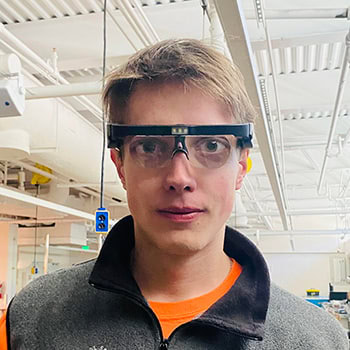
Chemical Engineering, PhD
Balitskiy’s research interests span a range of topics, including material physics, experimentation and computation. His previous research includes the evaluation of a low-cost electrochemical sensor to detect formaldehyde—a known human carcinogen. At U-M, Balitskiy plans to study and train machine learning algorithms to predict the catalytic behaviors of proteins on a variety of chemicals.
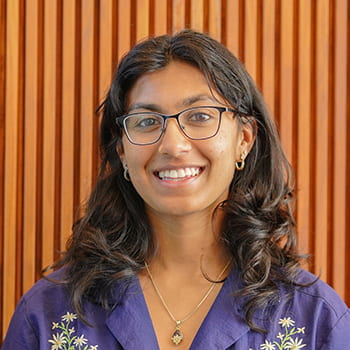
Electrical and Computer Engineering, PhD
Banerjee’s work, in the U-M Quantum Optics lab, investigates the collective behavior of atoms in closely spaced arrays. Using ytterbium, Banerjee aims to build a fully atomic mirror—technology that may play a key role in the development of quantum processors and future quantum architectures. Her work also has the potential to open doors for new, fundamental research in light-matter interactions and quantum many-body physics. Banerjee is advised by Alexander Burgers, assistant professor of electrical engineering and computer science.
Read more about Banerjee’s fellowship
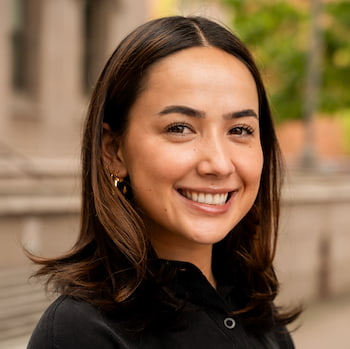
Biomedical Engineering, PhD
Iritani’s work centers on developing technologies to understand and treat neurological disorders. At U-M, she will be working in the Draelos Lab, doing neural engineering/computational neuroscience research with a focus on creating multimodal models to identify latent variables from complex neuroscience datasets. Iritani is advised by Anne Draelos, assistant professor of biomedical engineering and computational medicine and bioinformatics.
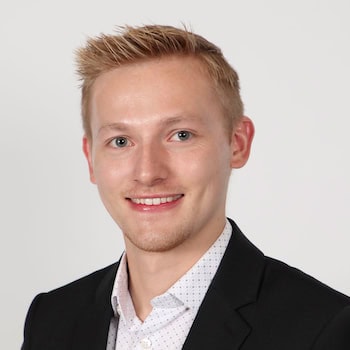
Chemical Engineering, PhD
Kempen’s research focuses on developing microfluidic sensors for ion analysis in blood, and microfluidic workflows for rapidly screening reactions in the chemical industry. His goals include creating point-of-care diagnostic tools that require small blood sample volumes, which could be especially useful for monitoring preterm infants with small blood volumes compared to adults. Kempen is advised by Mark Burns, professor emeritus of chemical engineering and biomedical engineering, Robert Kennedy, professor of chemistry, and Ron Larson, professor of chemical engineering, macromolecular engineering, and mechanical engineering.

Computer Science and Engineering, PhD
Lin’s research centers on natural language processing (NLP), with a particular interest in applying NLP to understand how multilingual people communicate, as well as building technologies that better serve multilinguals. Lin’s previous work spans language documentation and speech translation for low-resource languages, spoken language understanding, visual-linguistic complexity, communication patterns in collaborative learning, and sociolinguistic fieldwork. Specifically, previous research topics of Lin’s include the relationship between empathy and code-switching in spoken language, methods for detecting empathy in conversations, and how large language models can be used to better understand the emotional dynamics of negotiation. Lin is advised by David Jurgens, associate professor of information and electrical engineering and computer science.

Biomedical Engineering, PhD
Miller’s research has involved lipid nanoparticles for siRNA delivery, immunomodulatory strategies and therapeutic approaches for autoimmune diseases such as type 1 diabetes. At U-M, he looks forward to joining the Shea Lab to investigate how immune microenvironments influence disease progression and to contribute to new strategies for detecting and treating autoimmune conditions at earlier stages. Miller is advised by Lonnie Shea, Steven A. Goldstein Collegiate Professor of Biomedical Engineering and professor of chemical engineering and surgery.
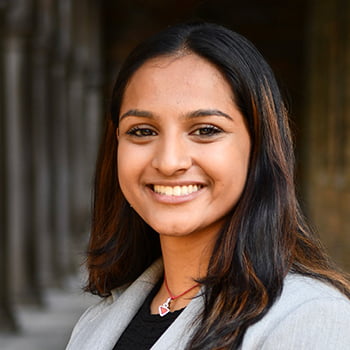
Mechanical Engineering, PhD
Anushka Rathi is a member of the Neurobionics Lab. Her work is focused on characterizing biological joint impedance, the mechanical response of a joint to a perturbation, in the lower-limb joints during various activities of daily living. Rathi is advised by Elliot Rouse, associate professor of mechanical engineering and robotics.

Environmental Engineering, PhD
Roach’s research centers on using chemistry to support sustainable access to clean water. She is particularly interested in studying emerging contaminants like PFAS, with the goal of developing effective methods for their quantification and remediation. As an Indigenous person, her work is guided by her understanding of a cultural and communal responsibility to protect and preserve water resources for all. Roach is advised by Alex Szczuka, assistant professor of civil and environmental engineering.
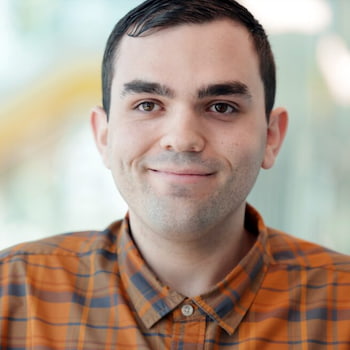
Mechanical Engineering, PhD
Seelhoff conducts research in the Locomotor Control Systems Lab, primarily working with designing and implementing control systems for powered prosthetic legs in order to restore and enhance mobility for people with limb loss. He is advised by Robert Gregg, associate professor of robotics, electrical engineering and computer science, and mechanical engineering.
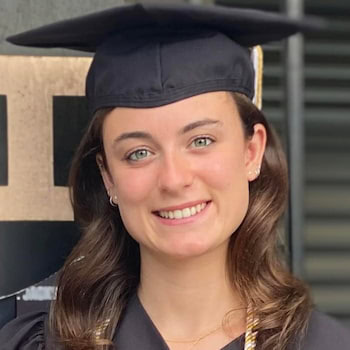
Chemical Engineering, PhD.
Silverman’s research focuses on using molecular dynamics and density functional theory software to study pertinent molecules and probe interactions between ions and membrane monomers, working towards developing materials that could be used to perform high-value separations for recovering critical resources such as rare earth metals. Silverman is advised by Bryan Goldsmith, associate professor of chemical engineering, and Jovan Kamcev, assistant professor of chemical engineering and macromolecular science and engineering.
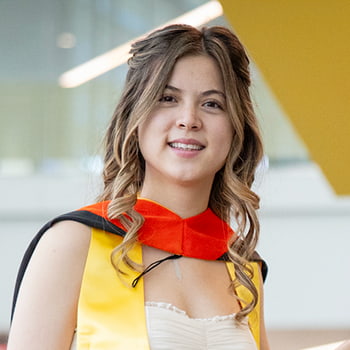
Robotics, MS
Staudinger’s research explores the intersection of automation and human involvement, with a focus on medical robotics. Her research is inspired by her journey as a pianist and the parallels between music and medical robotics, where both rely on closing the loop between multimodal feedback and human input. She hopes to engineer systems that center human input and interaction and expand into interdisciplinary fields beyond robotics, including ethics, education and entrepreneurship.
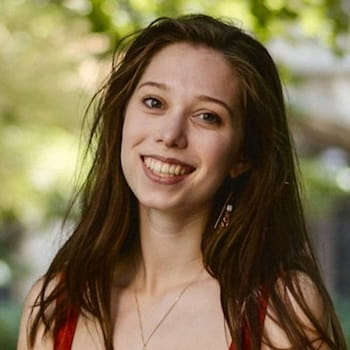
Environmental Engineering, PhD
Teodoro’s work examines strategies to enhance the safety of drinking water disinfection processes as source water quality changes. Currently, Teodoro is investigating the formation of newly identified disinfection byproducts during the disinfection of algal-impacted surface water to begin evaluating the threat they may pose to human health. Teodoro is advised by Alex Szczuka, assistant professor of civil and environmental engineering.
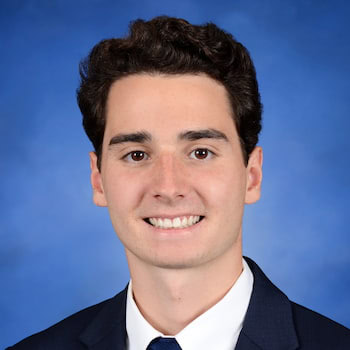
Aerospace Engineering, PhD
Welch’s previous research has focused on computational fluid dynamics to develop algorithms that would automate explicit shock-tracking methods for the purpose of resolving shock-shock and shock-boundary layer interactions in the hypersonic flow regime. As he begins his PhD research, he is exploring other research avenues within the context of numerical and computational fluid modelling. Welch is advised by Venkatramanan Raman, professor of aerospace and mechanical engineering.
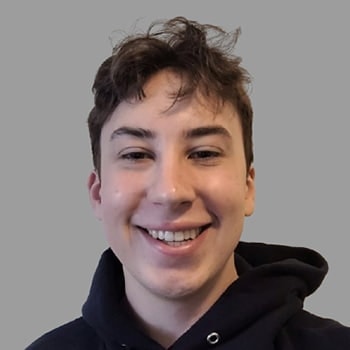
Computer Science and Engineering, PhD
Zapzalka’s research focuses on the intersection of machine learning and causality, with an emphasis on improving the robustness of machine learning models to distribution shifts—situations where the data used to train a model differs from the data it encounters when deployed. He is currently developing a novel, causally motivated method to make models more resilient to distribution shifts caused by strategic individuals or organizations altering their features to obtain more favorable outcomes from a model. Zapzalka is advised by Maggie Makar, assistant professor of electrical engineering and computer science.
Eesha Banerjee photo credit: Jero Lopera/Michigan Engineering. Other portraits credited to the individual photographed.